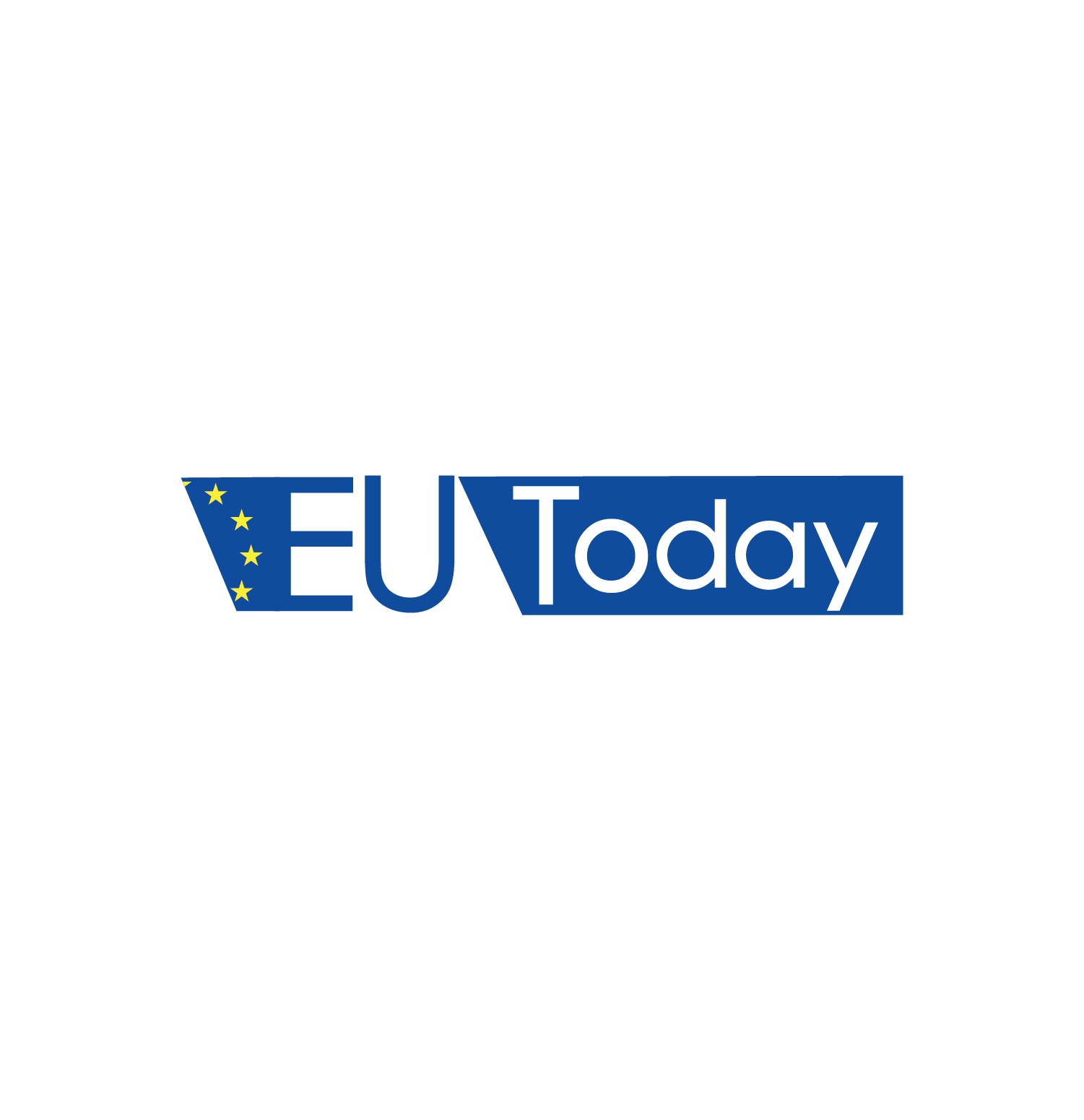Recent data has shed light on the troubling escalation of drug addiction within Brussels metro network, painting a concerning picture of the situation underground.
With official estimates indicating the presence of approximately 700 drug addicts across the city’s 69 metro stations, crack cocaine stands out as the primary substance of choice among users.
This surge in addiction has turned the underground stations into hubs of drug-related activity, presenting significant security risks for both commuters and staff.
The reach of addiction knows no bounds, infiltrating even the prestigious halls of Shuman station, located just steps away from the headquarters of the European Commission.
The lingering signs of drug use serve as a poignant reminder of the crisis at hand, highlighting the urgency of addressing the issue.
For drug addicts, the metro stations have become a refuge in their relentless pursuit of relief from the burdens of addiction. Crack cocaine, with its powerful allure, reigns supreme as the drug of choice, offering a temporary escape from the harsh realities of life on the streets.
The root causes of this crisis are complex and intertwined with socio-economic disparities, mental health issues, and a lack of accessible support services.
Many individuals grappling with addiction are also facing homelessness, further exacerbating their vulnerability and perpetuating a cycle of substance abuse. While not all homeless individuals are drug addicts, there is a significant overlap between the two populations, with many turning to drugs as a coping mechanism.
Commuters navigating the metro stations have expressed growing concerns about their safety, with instances of aggressive behavior and violence perpetrated by drug addicts becoming increasingly common.
The presence of hallucinating individuals wielding weapons, coupled with the pervasive smell of drugs, has created an atmosphere of fear and unease among passengers.
In response to this crisis, various stakeholders, including authorities, the Red Cross, volunteers, and non-governmental organizations (NGOs), have mobilized efforts to address the issue.
These initiatives encompass outreach programs, harm reduction services, and emergency assistance, aimed at providing support and rehabilitation to those in need.
However, despite these concerted efforts, success in combating the drug crisis remains elusive.
Limited resources, bureaucratic hurdles, and the complex nature of addiction pose significant challenges to intervention efforts, leaving many individuals without access to the help they desperately need.
MIVB Takes Action Amidst Escalating Drug Use
Brussels’ public transport company, MIVB, is sounding the alarm on the increasing prevalence of public drug use in metro stations, emphasizing the need for urgent political action to address the growing crisis.
As temperatures drop, MIVB has observed a surge in the number of people using illegal drugs inside metro stations across the Brussels-Capital Region.
An Van hamme, spokesperson for MIVB, highlighted the challenges faced by the company in tackling the issue alone, emphasizing the need for collaborative solutions.
While efforts are underway to work with non-profit organizations to guide users towards support services, Van hamme stressed the complexity of treating the phenomenon.
Acknowledging the limitations of their current approach, MIVB is calling for political action and a higher-level roundtable to develop an action plan to address the issue effectively.
The involvement of Brussels Mobility Minister Elke Van den Brandt signals a concerted effort to coordinate efforts and safeguard the safety and well-being of metro passengers and staff alike.
Patrols Increase to Address Homelessness and Drug Use
In response to the rising numbers of homeless people and drug users in Brussels’ metro stations, MIVB is set to receive additional funding from regional authorities to implement increased patrols.
These patrols will operate around the clock, deterring rough sleepers and drug users while connecting them with relevant support agencies for assistance.
The move follows the example set by the Paris public transport company RATP and underscores MIVB’s commitment to addressing the issue comprehensively. By proactively engaging with affected individuals and providing access to support services, MIVB aims to create a safer and more welcoming environment within the metro stations for all passengers.
Main image: Door Elke Wetzig (elya) – Eigen werk, CC BY-SA 3.0, https://commons.wikimedia.org/w/index.php?curid=55141
_____________________________________________________________________________________________________________________

.
Click here for more Brussels stories at EU Today
_____________________________________________________________________________________________________________________

Follow EU Today on social media:
Twitter: @EU_today
Facebook: https://www.facebook.com/EUtoday.net/
https://www.facebook.com/groups/968799359934046
YouTube: https://www.youtube.com/@eutoday1049




